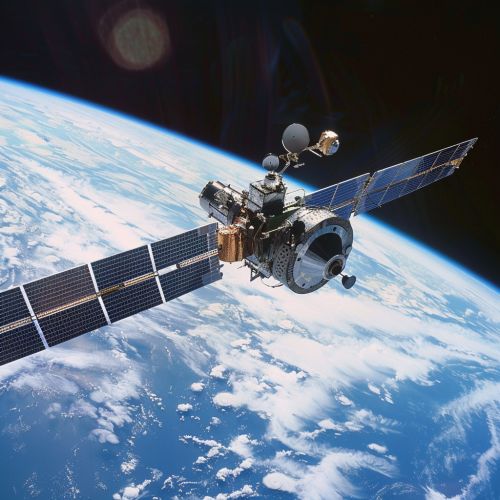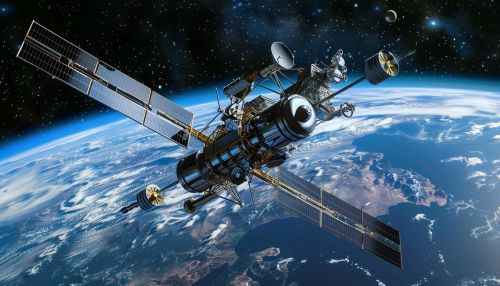Orbiting Astronomical Observatory
Introduction
The Orbiting Astronomical Observatory (OAO) program was a series of satellite observatories developed by NASA in the United States during the 1960s and 1970s. These observatories were designed to observe celestial objects from space, free from the interference of Earth's atmosphere. The program was a major step forward in the field of astronomy, as it allowed for observations that were not possible from the ground.


Background
The idea of placing an observatory in space to observe astronomical objects was first proposed in the 1950s. The concept was based on the realization that observations made from the ground are limited by the Earth's atmosphere, which absorbs or scatters a significant portion of the incoming radiation, particularly at ultraviolet and X-ray wavelengths. The development of rocket technology during and after World War II made the idea of a space-based observatory feasible.
Development and Launch
The OAO program was initiated by NASA in 1960, with the aim of developing a series of space-based observatories. The first OAO satellite, OAO-1, was launched in 1966 but failed to reach orbit. Despite this setback, NASA continued with the program, and the second satellite, OAO-2, was successfully launched in 1968. This was followed by OAO-3 (also known as Copernicus) in 1972, which was the most successful and longest-lived of the OAO satellites.
Scientific Instruments
Each OAO satellite was equipped with a variety of scientific instruments designed to observe different aspects of the universe. These included ultraviolet and X-ray detectors, photometers, spectrometers, and other instruments. The data collected by these instruments was transmitted back to Earth for analysis, providing astronomers with valuable information about the universe.
Discoveries
The OAO satellites made a number of significant discoveries during their operational lifetimes. These included the detection of ultraviolet radiation from comets, the discovery of hot stars in the galactic halo, and the observation of X-ray sources in other galaxies. The data collected by the OAO satellites also contributed to our understanding of stellar evolution and the structure of the universe.
Legacy
The OAO program was a pioneering effort in space-based astronomy. It demonstrated the value of observing the universe from space, free from the limitations of the Earth's atmosphere. The success of the OAO program paved the way for subsequent space-based observatories, such as the Hubble Space Telescope and the Chandra X-ray Observatory.
